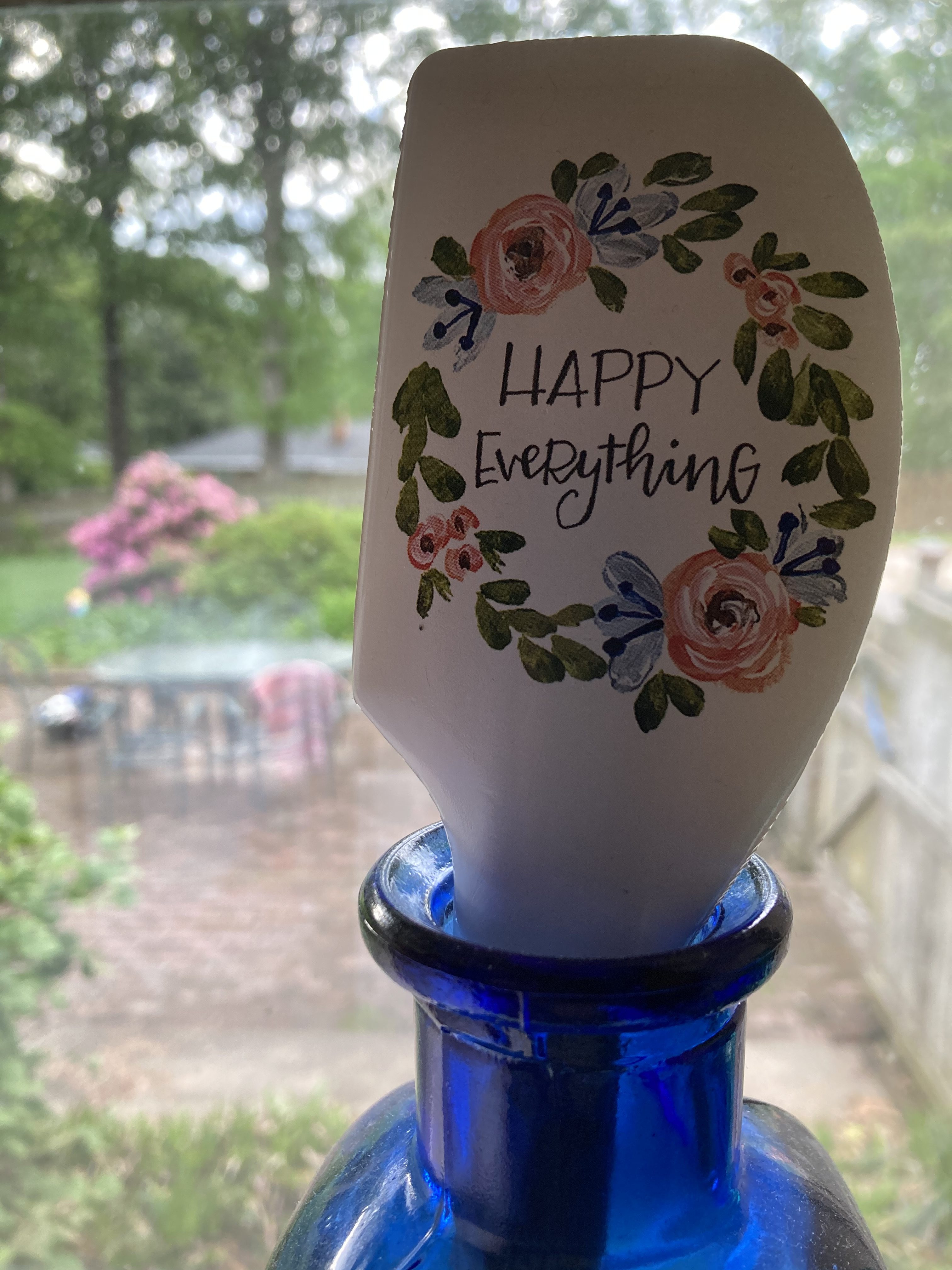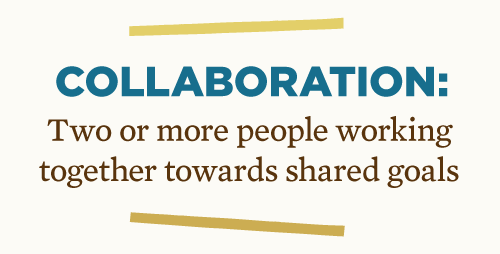 Photo Credit: Jackie Hill Perry, Art of It
Photo Credit: Jackie Hill Perry, Art of It
After one-and-a-half years in COVID, we all have grappled with a need for social distancing and isolation. What happens then when the diligent pursuit of physical safety causes a loss of community?
None of us want to get COVID or its latest variant. However, we also desperately need community. It is on each of us to make creative and persistent decisions toward going after community. Especially the most vulnerable of us, or we will suffer more than the health impact of COVID [see links below].
The dilemma with isolation is somehow it has brought a social lethargy with it. We are becoming more solitary and our community has shrunk to the lowest and tightest we can manage.
Not necessarily out of fear of COVID, but out of a growing incapacity for community. Real community. “Iron sharpening iron” relationships.
I know I am not alone in the need for such community. We have probably all thought of how altered our relationships have become over the last several months. Not the closest maybe, but especially those that spurred us toward a higher accountability, responsibility or integrity. Those relationships where we are helped to make better decisions or extend kindnesses (especially toward those outside our inner circles).
[Whether introvert or extrovert, we can easily sink down into a solitary life of less. And less is not always more. This less can breed a sort of self-serving life where we gauge our relationships by our own gains and extend ourselves by our own comfort levels. Been there, done that. Ugh! ]
COVID or not, we still need other people, and they need us. Whether on a work project better served with team problem-solving or a family crisis that could use “all hands on deck”. Death and divorce are still happening, but life celebrations are also still with us – all calling for the touch of our community.
In the Wiki fandom Mary Shelley article, we read a fascinating take on the impact or lack of community on the characters of Shelley‘s novel Frankenstein.
In the novel, Victor Frankenstein is a brilliant scientist. He is overwhelmed by a series of losses and the grief, as well as his increasingly unhinged genius, drive him into isolation. He decides to make a human-like creature who would be like a son to him.
It did not turn out well. The creature, because of the rejection and isolation he himself felt, was determined to be a monster.
Both Victor and the creature Frankenstein, throughout the story, are plagued with isolation and a terrible lack of caring community. Photo Credit: Pixabay
Photo Credit: Pixabay
“The theme of isolation in Frankenstein raises many questions about the role of community and its importance. Many characters in the novel find themselves in isolated positions, and a few suffer grave consequences because of it. Characters suffer from both physical and emotional isolation, although, as in the case of the monster, the isolation is not always self-inflicted. Victor Frankenstein, on the other hand, chooses to isolate himself from his family, his peers, and even the monster he created.
In Frankenstein, horrible things happen when a character is isolated from the others. When Victor’s knowledge and ambition are unchecked by his peers, a monster is created…the destructive power lies not in the monster or his creator, but in solitude. Shelley uses this theme and its manifestation in her characters to pose questions about community, knowledge, and its role in society. Is unbridled knowledge always dangerous, or is there a middle ground? Should one abandon his or her pursuits if they are driving him or her away from a community?
Shelley makes it clear that there are two different types of isolation: self-inflicted and societal. We see self-inflicted isolation manifested in Victor; he detaches from his world and the people he loves and as a result, everyone suffers tremendously. Rejection from society is demonstrated in the monster’s life. Again and again, he is turned away from love and companionship, which what he has longed for since he was first brought to life.” – Wiki-Fandom Analysis of Frankenstein – Mary Shelley, an Academic Wiki
Of course, this is a novel, but incredibly insightful as a tale of human nature. We need community…we are made for community.
Somehow we must rally during this protracted social experience of COVID. What is your mindset on this and what are your intentional actions toward community and away from isolation? The kind of isolation that eventually diminishes us and our relationships. Please comment below.
In closing, I do want to affirm an Isolation in Community. We may have to deal with social distancing for sometime still. Especially those most vulnerable to severe illness from COVID. For some isolation can’t be avoided, but there is an isolation in community. Where we take steps toward and lean in to deeper community. Even if it isn’t always in person. This takes a different sort of effort, but we know it is possible. Fortunately. For me, it’s actually using the phone for conversations (including Facetime). It’s not stepping out of responsibilities (work or community service) because of a need for social distancing, but figuring out alternate ways to serve, or get a job done. I have also experienced the fruit of it, thanks to your efforts. Our mail is less junk mail and more actual real connections through cards/letters. Thanks for that. Again, please comment below what your experience has been here.
 Photo Credit: Heartlight
Photo Credit: Heartlight
Isolation and Community – Helen Thorne – Biblical Counseling UK
Loneliness and Social Isolation Linked to Serious Health Conditions – CDC
Creative Communities Are Addressing Social Isolation – Maryjoan Ladden




































